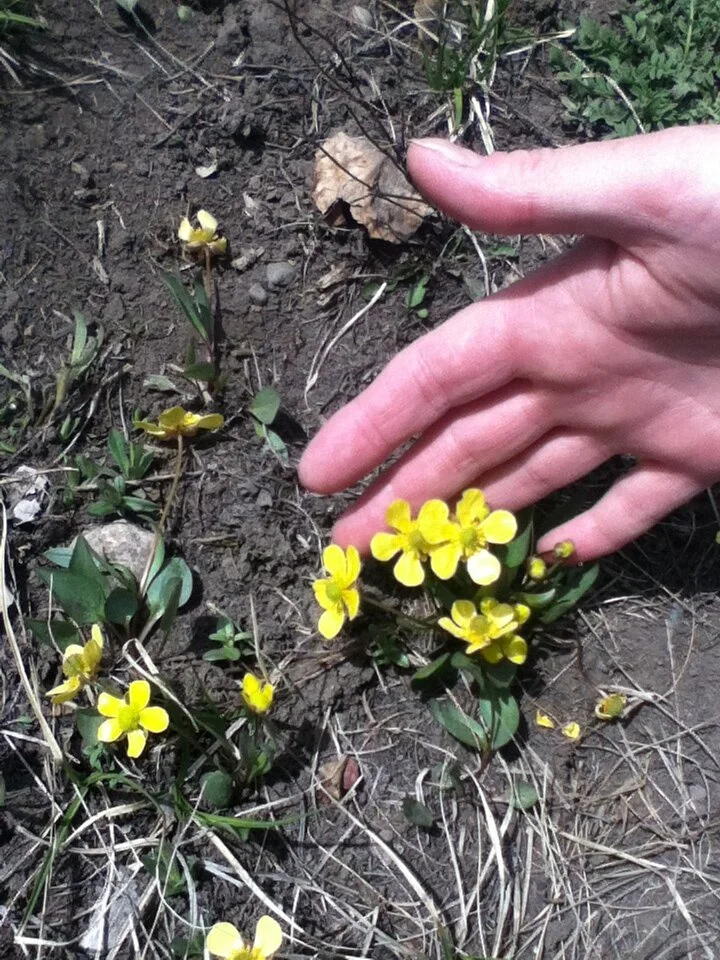Where winters are long and cold and colors are faded by sun, wind and snow, the first glimpse of green growth is long awaited. The emerging tips of perennials aren’t very noticeable from a distance, and even on close inspection may be just barely evident. But they’re a promise of green to come.
Rather than being impatient for what’s ahead, it’s a good time to push away some leaves or snow and look for signs of spring. What might you find?
Plants like coralbells, lambs’ ear, Lenten rose, columbine, bergenia and many of the penstemons stay somewhat green all winter, particularly in protected spots. Groundcovers like periwinkle never fade and even bloom early in spring, along with other low-lying plants like lungwort and candytuft.
Perennials that have died back may start pushing through the soil in late February or early March. Have you ever noticed the deep red tips of peonies in late winter?
By early or mid-March, garden phlox, Oriental poppy, lady’s mantle, daylily, evening primrose and many spring bulbs are visible. The emerging spears of Solomon’s seal are edible and look and taste very much like asparagus; and they can be eaten in the same ways—fresh, steamed or roasted.New shoots should emerge from the base, but don’t cut too many from any given patch.
Some perennials, including bergenia, prairie smoke and columbine, turn dark red or purple in fall and emerge in these dark colors again in spring; colors that may not stand out against soil or mulch, but surrounded by snow they’re a welcome sight in the winter garden.
Early-blooming prairie wildflowers include pasque flower and prairie smoke, and both are far more than one-season plants.
Pasque has beautiful, feathery seedheads and prairie smoke has purplish foliage fall through winter. Pussytoes remain silvery green all winter and flax (Linum) puts on fragile-looking new growth in fall that stands tough through snow, wind and ice.
Contrary to the delicate appearance of these prairie plants, they’ll outlast any harsh weather winter throws at them.
Blooms will come soon enough and early-to-rise usually means early to bloom as well, so these plants and others—columbine, bleeding heart, celandine poppy, bluebells, Jacob’s ladder—will soon offer bright blossoms. But for now, if we look closely, there is promise enough of the green to come.


